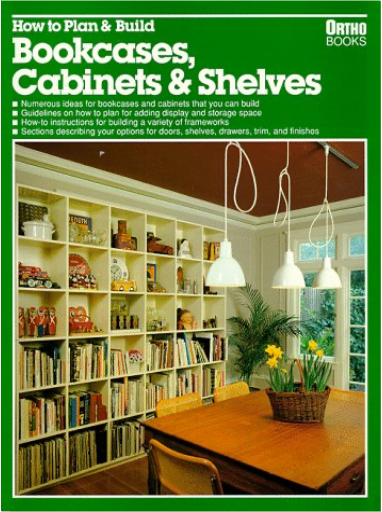 This book provides everything you need to create storage in your home — whether you are building your first bookshelf or constructing a complex system. There are guidelines for planning the units, a primer of basic woodworking skills, and step-by-step instructions for building storage components. Dozens of ideas, photographs, tips, and designs help you choose special features to customize your units.  This is a guide to creative planning and decoration for your work space. Design tips enable you to put your decorative ideas into practice - down to the right accessories. Questions of layout and style are considered. 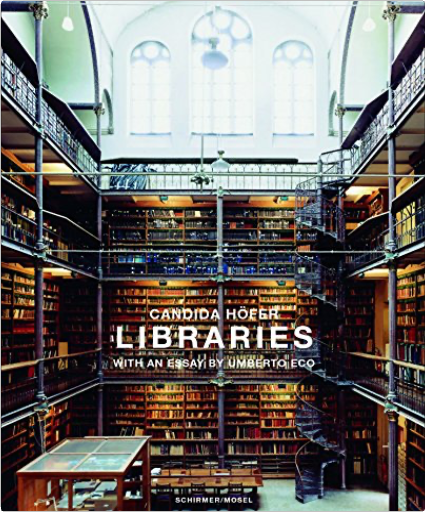 Libraries are a book producer's dream. Since nobody photographs libraries as beautifully as Hofer, it seemed only natural to dedicate one of her publications to the splendid and intimate cathedrals of knowledge across Europe and the US: the Escorial in Spain, the Whitney Museum in New york, Villa Medici in Rome, the Hamburg University library, the Bibliotheque nationale de France in Paris, the Museo Archeologico in Madrid, and Pierpont Morgan Library in New York, to name just a few. Almost completely devoid of people, as is Candida Hofer's trademark, these pictures radiate a comforting serenity that is exceptional in contemporary photography. Now available in an unchanged reprint. 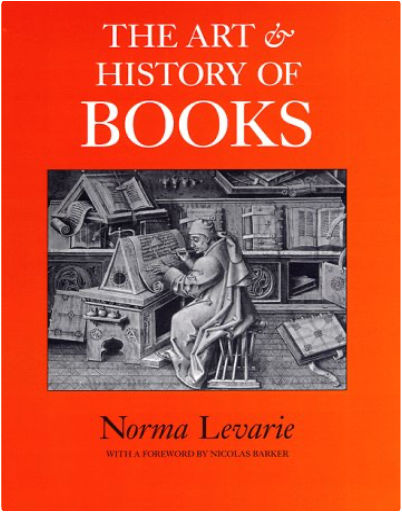 A beautifully written and well illustrated panorama of book design from its earliest history to recent years. Tracing the history of fine books against a background of changing patrons, improving technology, religious and social change, and the state of the arts throughout the world. 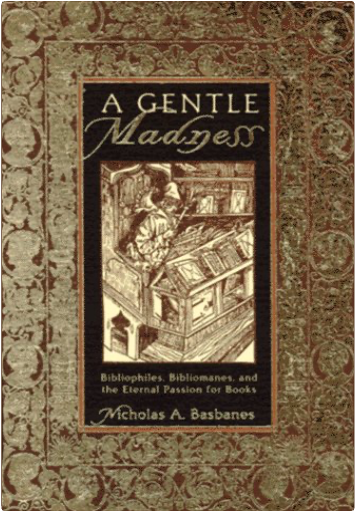 This book is an adventure among the afflicted — those with the passion to possess books. Richly anecdotal and fully documented, it combines the perspective of historical research with the immediacy of investigative journalism. Above all, it is a celebration of books and the people who have revered, gathered and preserved them over the centuries. From the great library of Alexandria, through the Middle Ages and the Renaissance to the 20th century, here is a gallery of revealing profiles of past and present collectors. A comprehensive bibliography on books is included. 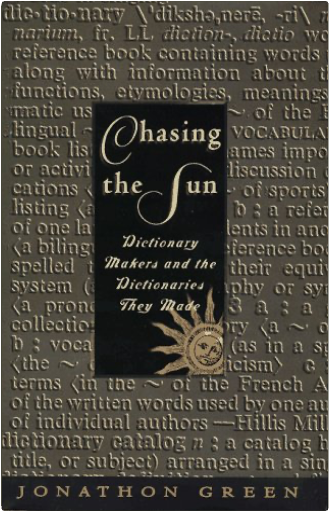 A history of the dictionary reveals the reasons behind the creations of dictionaries, the motivations of their creators, how their biases seep into their work, and their works effect on us. 12,500 first printing. 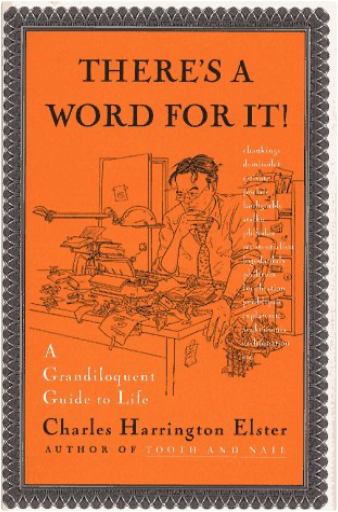 An exploration of seldom-used English words unearths such treasures as philodox, someone in love with his own opinions, and maltutolypea, getting up on the wrong side of the bed. 15,000 first printing. |  This impressive volume provides a chronological, narrative account of the development of American English from its earliest origins to the present day. 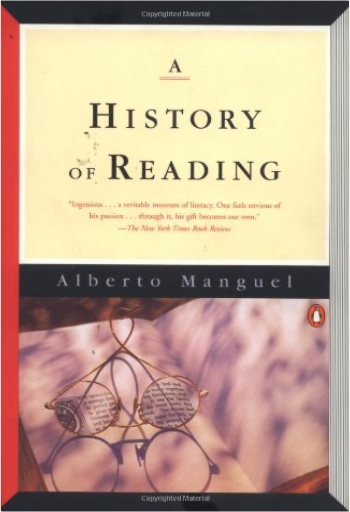 At one magical instant in your early childhood, the page of a book—that string of confused, alien ciphers—shivered into meaning. Words spoke to you, gave up their secrets; at that moment, whole universes opened. You became, irrevocably, a reader. Noted essayist Alberto Manguel moves from this essential moment to explore the 6000-year-old conversation between words and that magician without whom the book would be a lifeless object: the reader. Manguel lingers over reading as seduction, as rebellion, as obsession, and goes on to trace the never-before-told story of the reader's progress from clay tablet to scroll, codex to CD-ROM. 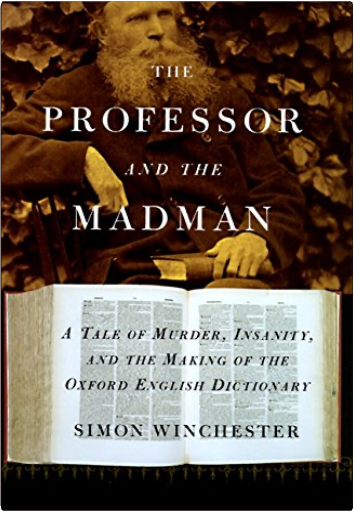 Mysterious (mistîe · ries), a. [f. L. mystérium Mysteryi + ous. Cf. F. mystérieux.] 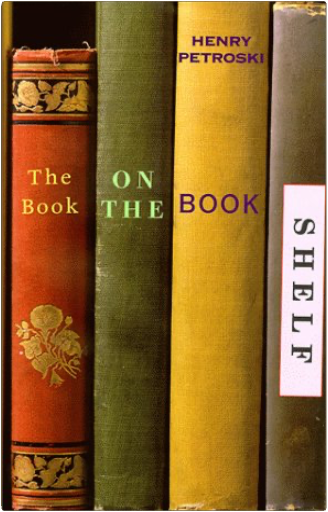 He has been called "the poet laureate of technology" and a writer who is "erudite, witty, thoughtful, and accessible." Now Henry Petroski turns to the subject of books and bookshelves, and wonders whether it was inevitable that books would come to be arranged vertically as they are today on horizontal shelves. As we learn how the ancient scroll became the codex became the volume we are used to, we explore the ways in which the housing of books evolved. Petroski takes us into the pre-Gutenberg world, where books were so scarce they were chained to lecterns for security. He explains how the printing press not only changes the way books were made and shelved, but also increased their availability and transformed book readers into books owners and collectors. He shows us that for a time books were shelved with their spines in, and it was not until after the arrival of the modern bookcase that she spines faced out. 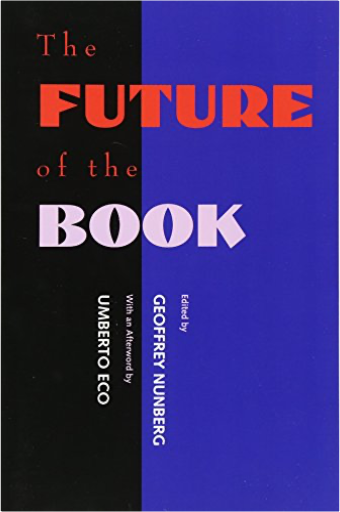 The death of the book has been duly announced, and with it the end of brick-and-mortar libraries, traditional publishers, linear narrative, authorship, and disciplinarity, along with the emergence of a more equitable discursive order. These essays suggest that it won't be that simple. The digitization of discourse will not be effected without some wrenching social and cultural dislocations. 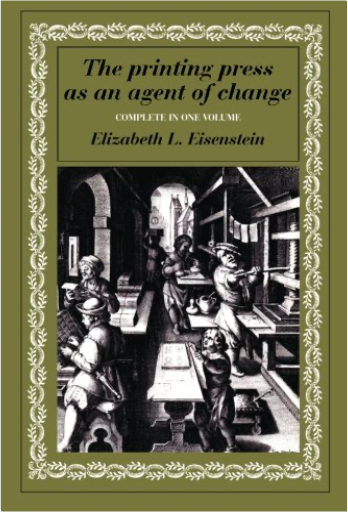 Originally published in two volumes in 1980, The Printing Press as an Agent of Change is now issued in a paperback edition containing both volumes. The work is a full-scale historical treatment of the advent of printing and its importance as an agent of change. Professor Eisenstein begins by examining the general implications of the shift from script to print, and goes on to examine its part in three of the major movements of early modern times - the Renaissance, the Reformation, and the rise of modern science. |

library 101720
Collection Total:
1,127 Items
1,127 Items
Last Updated:
Oct 17, 2020
Oct 17, 2020

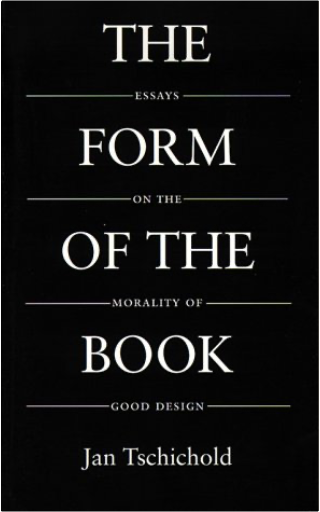
 Made with Delicious Library
Made with Delicious Library